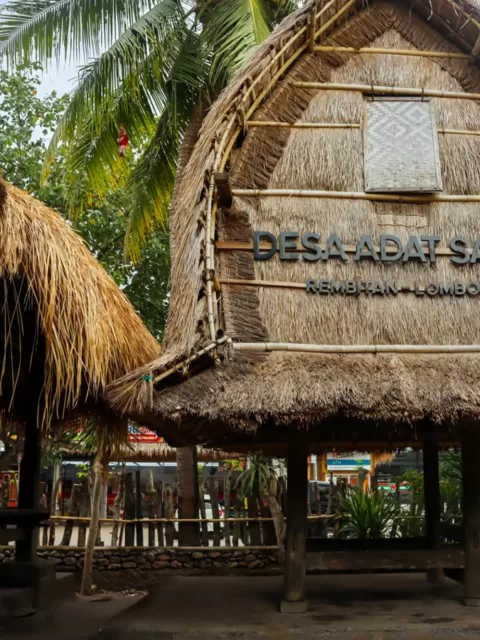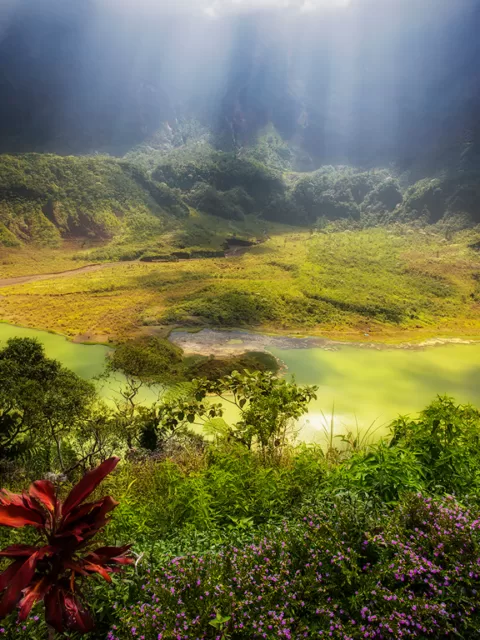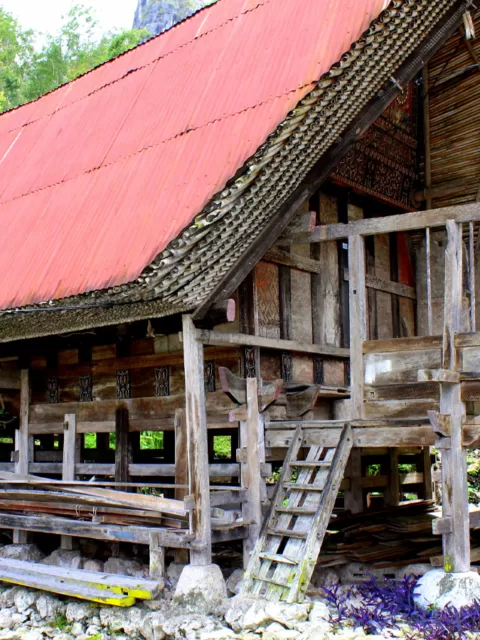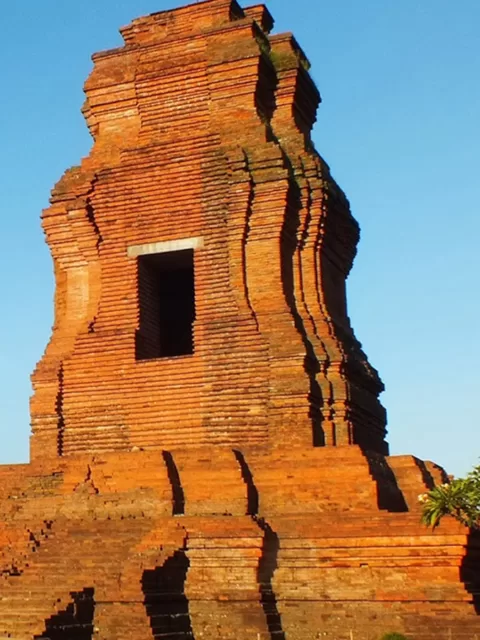Batik Indonesia’s Exquisite Fabric Artistry
In the vibrant tapestry of Indonesian culture, there’s a textile tradition that stands out as a true work of art – Batik. This centuries-old craft, recognized as a UNESCO Intangible Cultural Heritage, is more than just fabric; it’s a canvas of history, creativity, and tradition. Join us as we unravel the intricate beauty of Batik, a living masterpiece that weaves stories through its patterns and colors.

The Art of Batik
At its core, Batik is the art of decorating fabric using wax and dye. The word “Batik” itself is derived from the Javanese word “amba” (to write) and “titik” (dot). This art form involves applying wax to cloth in specific patterns before dyeing it, creating a stunning contrast between the dyed and undyed areas. The result is a fabric adorned with intricate designs that tell stories, reflect cultural symbols, or simply celebrate the beauty of nature.
A Tapestry of Traditions
Batik is deeply rooted in Indonesian culture and history. It’s believed to have existed for over a thousand years, with its origins traced back to the Indonesian archipelago. Throughout the centuries, Batik has played a significant role in various aspects of life, from traditional ceremonies to everyday clothing. Different regions of Indonesia have their unique Batik styles, each reflecting the local culture and beliefs.
Creating Batik: A Labor of Love
The process of making Batik is a labor-intensive art that requires both skill and patience. Here’s a glimpse into the intricate steps involved:
- Designing: Batik artists, known as “tukang batik,” carefully plan the intricate patterns and motifs they wish to create on the fabric.
- Waxing: Using a tool called a “tjanting” or a brush, the artists apply hot wax to the areas they want to preserve as the original color of the fabric.
- Dyeing: The fabric is then submerged into a dye bath, where it absorbs the chosen colors. The waxed areas resist the dye and remain the original color.
- Wax Removal: After dyeing, the wax is removed by boiling the fabric or scraping it off. This reveals the beautifully contrasting patterns.
- Repeating: This process of waxing and dyeing can be repeated multiple times to create intricate, multicolored designs.
Batik: Beyond Fabric
While Batik is traditionally associated with clothing, it has expanded its artistic reach into various other forms. You can find Batik patterns on wall hangings, home decor, accessories, and even contemporary art pieces. The adaptability and timeless beauty of Batik make it a versatile art form that continues to evolve with the times.
A UNESCO Treasure Batik Indonesia
In 2009, UNESCO recognized Indonesian Batik as a Masterpiece of Oral and Intangible Heritage of Humanity. This prestigious acknowledgment not only honors the cultural significance of Batik but also underscores its importance in preserving Indonesia’s rich heritage.
Batik is more than just a textile; it’s a living testament to Indonesia’s artistic prowess, cultural diversity, and enduring traditions. As you admire the intricate patterns and vibrant colors of Batik, you’re not just looking at fabric – you’re witnessing the artistry of generations and the stories of a nation woven into every stitch. So, whether you’re wearing a Batik shirt, adorning your home with Batik art, or simply marveling at its beauty, remember that you’re embracing a piece of Indonesia’s rich cultural heritage, where art and tradition intertwine in exquisite harmony.












